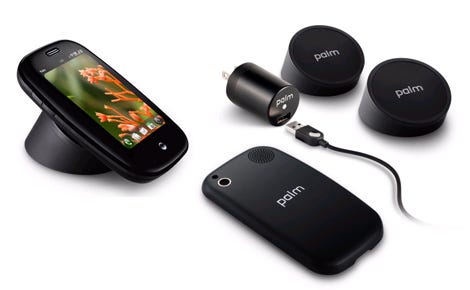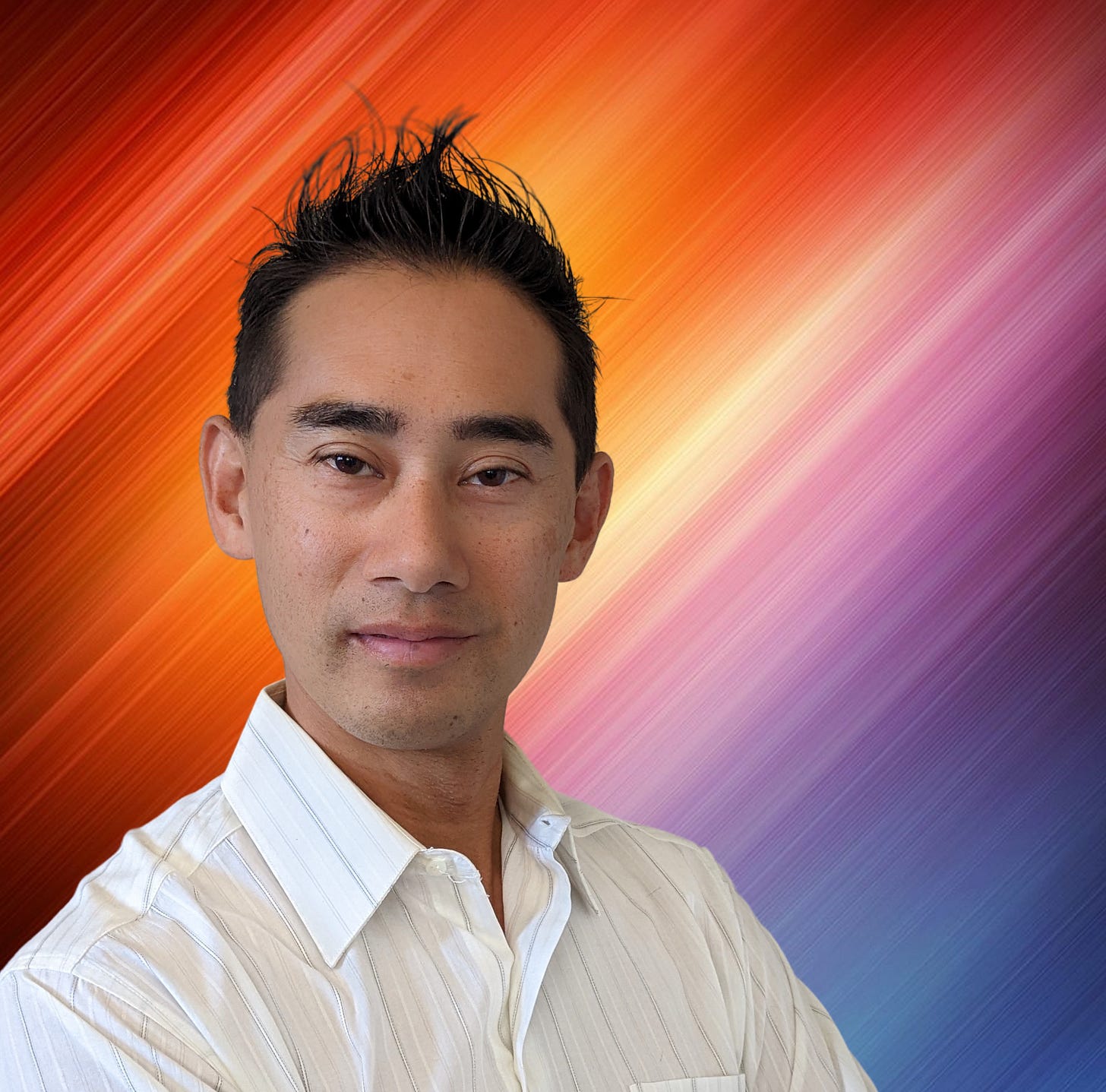Eric Liu - A Journey Across Tech
The Dream
Growing up on epic science fiction novels from such greats as Asimov, Stephenson, and Stross, I have always been fascinated by the ability for technology to change the human experience. Imagine how different life is for an instagramming teen now vs pre-lingual humans just a few millenia ago. My dream is to not only witness another profound change but to be instrumental in creating it. To achieve that dream, I worked tirelessly to earn an engineering degree with a perfect GPA at MIT. Having mastered the technical skills, I then went in search of unlocking the human side of technology and came out to Silicon Valley to study Product Design at Stanford. There I was introduced to the Ideo style of innovative thinking and human-centered design.
The Advent of Mobile
Several years and a couple jobs later, I was fortunate to land an innovation role at Palm in the Treo days when smartphones first hit. I led a cross-disciplinary team of designers, HW, and SW engineers focused on new products that utilized new technology to create new interaction models and value to the user. We built prototypes with capacitive touch screens, biometric fingerprint sensors, NFC payments, and GPS all before the iPhone. I learned how to craft great user experiences by bringing together innovative HW, SW, economics, and great design. Our answer to iOS was webOS, whose card-style interface and web based rendering are now the core of the Android OS. I pioneered inductive charging with the launch of TouchStone and TaptoShare, many years before they would become common in the Android ecosystem. When HP acquired Palm, I pivoted to revolutionizing the living room. Mobile had quickly grown beyond making calls, evolving quickly into the internet in your pocket. I became inspired to move the living room beyond TV and into the Smart Home.
Revolutionizing the Living Room
Android was taking over the market, not WebOS, so I moved to Google to continue my pursuit of the Smart Home and drove the Google TV roadmap. I built integrations into LG TV’s and Dish Network Set Top boxes including the first voice search for TV’s. We learned a lot from the limitations of the Google TV platform and leveraged those learnings to spawn a brand new category of devices: Chromecast. By throwing out all the extra features that Google TV provided, we quickly developed a simple streaming stick that could be sold for $35. It became the fastest selling media device in the US and hit $30M units in two years. I also envisioned and pitched the first voice and gesture enabled screen for the living room that launched many years later as the Google Home Hub. I learned how to define new product categories and build and scale software that enables great consumer electronics experiences.
X ploring big impact
Always searching for more impact, I moved to Google X as they were just starting to expand. Originally, Google X was founded to explore self-driving cars and then later, Google Glass. I helped scale X and turn it into a moonshot factory. I led Product Management for the new business incubation team which kicked off 30 promising projects in areas from AI silicon to giant airships, to synthetic biology and crypto. I did the customer, market, and business strategy evaluations which let us to shelve most projects so that we could focus and succeed on just a few.
I also built and managed relationships with labs (HRL, SRI, Parc), universities (Stanford, MIT) and governments (Singapore, New Zealand, Hawaii), to collaborate on Climate Change research and bring science into real world products. It was at X that I learned how to work with partners to takes ideas from 0 to 1 quickly and repeatedly no matter the domain or industry.
Kids are the most Innovative Humans
Always looking to advance the human/computer interaction model, I returned to Google to found a new team working on robotics for kids. Kids, with their openness to new tech, were the perfect audience to pioneer new interaction models, where technology could move from being a tool, to a trusted companion and partner. We developed engaging and empowering behaviors, working with human-centered roboticists and educators. We went from a couple people and cardboard prototypes to a team of 30, putting fully articulated friendly robots with advanced behaviors in front of kids in controlled testing environments. I learned how to build a mission driven team and develop a user empathic culture. Everyone went to observe our user studies. We took field trips to preschools and played kids games together (tournament style). We dubbed ourselves “Kids at Heart”, and that user empathy made us better designers.
Scaling AI Assistants
We pivoted our efforts to bring enriching interactions to kids more quickly on the platform where kids were having their first interaction with Google: Google Assistant on Home speakers. With kids, content is king, so I led partnerships with Disney, Lego, and many others to bring innovative kids experiences to this new tech platform. I envisioned and launched “Read Along” which required aligning five major partners: Google Assistant, Nest, Disney, Penguin Random House, and Walmart.
We quickly went from 0 to over 100 million users of our features in just a couple of years. I learned how to scale great experiences to hundreds of millions of users in 30 countries across multiple device platforms (primarily mobile and home speakers). I also learned about the intricacies of privacy and security regulations and the importance of building scalable, reliable, and secure infrastructure to meet our promises to our users, I managed a team of six to cover legal compliance and privacy, new features, content partners, multiple platforms, and internal product partners such as search, Android, and YouTube,.
Next Gen AI
Most recently, I expanded my role at Google Assistant to develop Calling and Messaging journeys across all Assistant surfaces and users. I ran new experiments into how Generative AI could help connect people on the Assistant platform.
My Continuing Mission
My mission in life remains to inspire innovation that changes the human experience. Towards this end, I wrote a climate science fiction novel, Terrene, that imagines a solution to our crisis. I also write a blog: The Innovation Pivot, about building an innovation culture into product teams. At my time at Google, I led team development workshops on topics such as, Product Strategy, Decision Making, Trust Building, Managing Teams, and Team Communications. I currently provide Product Advising to startups and small companies which need guidance identifying their ideal customer, focusing on the value they bring to that customer, and building a roadmap to deliver that value.
My Next Journey
I love product advising, but I am also looking to embark on my next full-time gig, leading another 0-1 journey where I can leverage my user-centric, innovation-driven experience to accelerate product development at a nimble company and bring valuable experiences to users at scale. I am searching for a high growth company where I can build a product team with a user-first innovative mindset in order to develop products that change the human experience.
Want to connect? Contact me at eric at productmaestro dot com
or through LinkedIn








